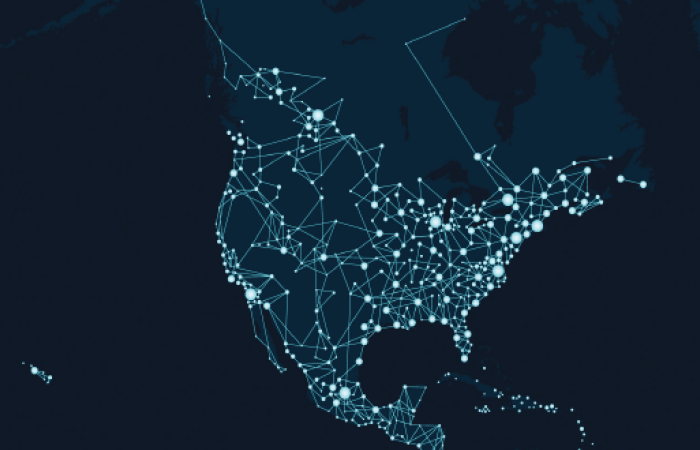5G Beyond Borders: Publications

A North American Method to the 5G Madness: Conclusions from the 5G Beyond Borders Workshop
On October 15th, 2020, the Wilson Center, in partnership with The Centre for International Governance Innovation (CIGI) and the Tecnológico de Monterrey (ITESM), hosted a trilateral workshop to assess the state of play for 5G in North America as part of a larger project exploring how the US, Mexico, and Canada can work together—beyond geographic boundaries—to maximize the benefits of 5G and related technology through informed policy solutions. Throughout the workshop, three major policy action items were identified for effective North American cooperation to reduce risk, bolster economic gain, and ensure efficient 5G deployment across the continent.
Learn moreRecent Publications
Learn More
Posted date/time:

Open RAN and 5G: Looking Beyond the National Security Hype
Posted date/time:

Battlefield 5G
Posted date/time:Source: Wilson Quarterly


